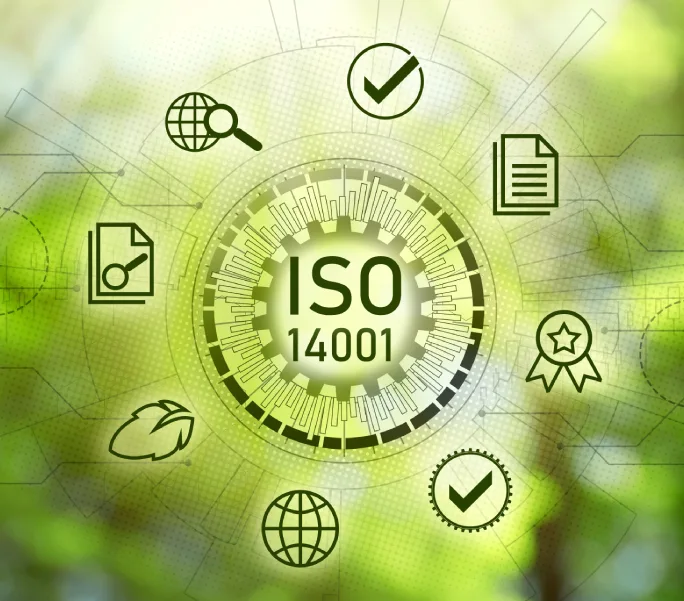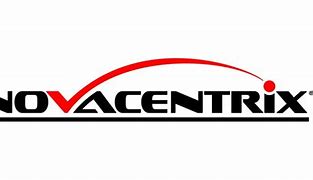We are changing our name from Blue Wolf to QIC Global
We are changing our name from Blue Wolf to QIC Global
Do you need to reduce your company’s carbon footprint? Get the ISO 14001 environmental sustainability management system to improve your present system. Reduce carbon emissions by optimizing the resources most effectively. The international standard offers a set of practical clauses that help organizational systems work according to environmental protection laws. Enhance the sustainability and welfare of the community and environment with ISO 14001.





ISO 14001 is the international standard that sets the clauses for an effective environmental management system. Organizations that need professional support to minimize their yearly carbon footprint, need the ISO 14001 certification. The standard aims to generate awareness among the management and stakeholders about the necessity to reduce resource wastage. It offers regulatory references, which can be implemented to maintain a balance between business activities and the environment. Companies, regardless of their size and belonging to any industry can acquire the standard.
The role of the international environmental management system by ISO 14001 is to develop production and delivery practices, which are sustainable. It ensures that no organizational activity harms the welfare of the community and the ecosystem.

To be compliant with ISO 14001:2015, an organization requires an Environmental Management System (EMS) that not only adheres to environmental policies but also continuously improves performance through structured planning and execution. The standard incorporates the Plan-Do-Check-Act (PDCA) technique, the importance of legal compliance, and risk-based thinking.
The compliance requirements of ISO14001 are:
These requirements make the company not only regulatory compliant but also environmentally responsible, efficient, and workable, and confident with the company stakeholders.
During ISO 14001:2015 audits, it is common to identify those parts where the EMS fails to deliver. Typical non-conformities can be related to the documentation, poor planning process, or an ineffective control mechanism. One should be aware of them and treat them, as this is a key to EMS resilience and certification success.
Most common non-conformities are:
Addressing these non-conformities with structured corrective actions—not just quick fixes—reinforces EMS integrity and shows commitment to environmental accountability and continual improvement.



“I want to express my sincere appreciation for your support during our recent ISO audit.”


“One of the best business decisions I think we've made in the entire time we've been here in the company.”


We make auditing your ISO Standards easy. We know audits can be stressful. We’ll take the stress out.


“What seemed like a very intimidating process … was made simple … and [has] elevated our quality and safety program to another level.”


“…our staff feel comfortable talking to [the auditor]… makes you feel like you are working together”


“…Relaxed, didn't feel pressured..."


“I would just say, if you want the best and you want to things done quickly and accurately that I’d go with Blue Wolf. The service was great. Again, just to the point, very speedy, not a lot of fluff around things. We just got to work and got it done and that was the objective.”


“Your approach [to the audit process] is by far superior than any other audit I’ve ever been through. The contrast was night and day”


“There was so much going on at the time of the audit that I just wanted to go back to the audit, it was more relaxing”


“I don’t ever want to experience an audit a different way”


“If everybody could have an audit experience like this, more and more people would actually consider an ISO certification”


“I learned a whole lot from what we just went through with [the auditor] that I didn’t even understand about the standard before”


“Our experience has been that this process in working with the auditors has shown us more ways to improve internally than what we expected”


“What seemed like a very intimidating process … was made simple … and [has] elevated our quality and safety program to another level.”


“…Relaxed, didn't feel pressured..."


“…our staff feel comfortable talking to [the auditor]… makes you feel like you are working together”


“It’s a very smooth and very clear process. Definitely recommended.”


"The auditor was very knowledgeable, very understanding, very helpful."


“Would give them a 10 out of 10 and would highly recommend them to anybody looking to get ISO certification in the future.”


“I found Blue Wolf to be the Cheapest and most experienced in my eyes ‘cause all of the price ranges were higher than Blue Wolf, so I stuck with Blue Wolf. Their quality was very high as well.”


“The service provided by Blue Wolf has been second to none.”


“Blue Wolf streamlined the entire process. They were very easy to communicate with and work with, very cordial, and just an all-around good experience.”


“Blue Wolf makes a great partner for not only getting but maintaining your ISO certifications.”
Quality Management Systems
Environmental Management Systems
Occupational Health and Safety Management Systems
Information Security Management Systems
The Information Technology (IT) Service Management System Standard for earning global recognition!
Global Quality Management Standard for Medical Devices
Energy Management System efficiency
Food Safety Management Systems
Anti-Bribery Management System
Business continuity management system
The Privacy Management Standard for corporate documents
The education management standard for a better learning experience!